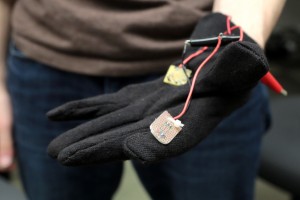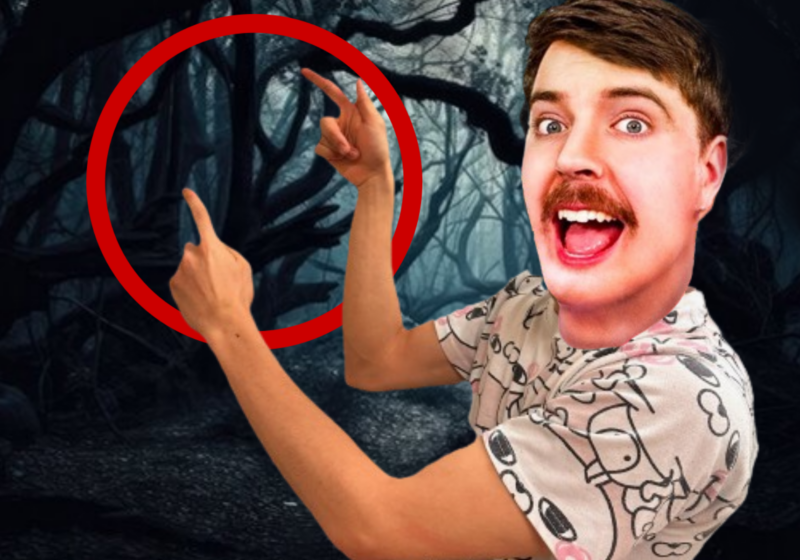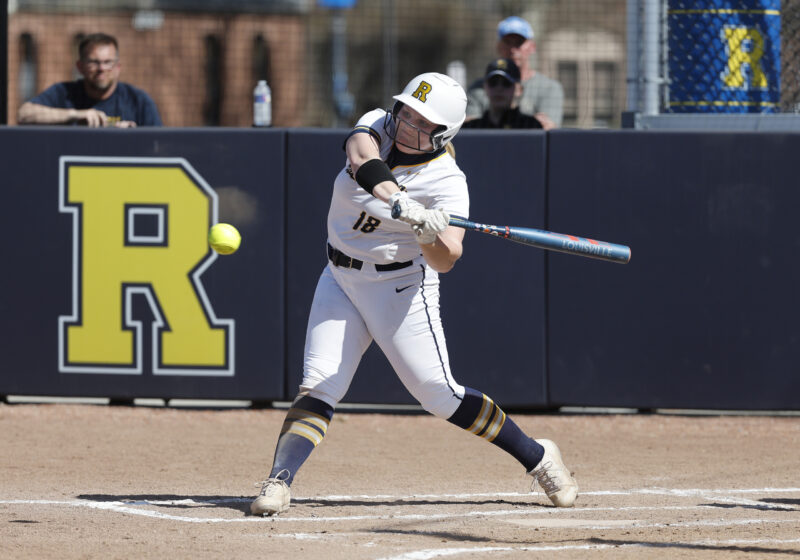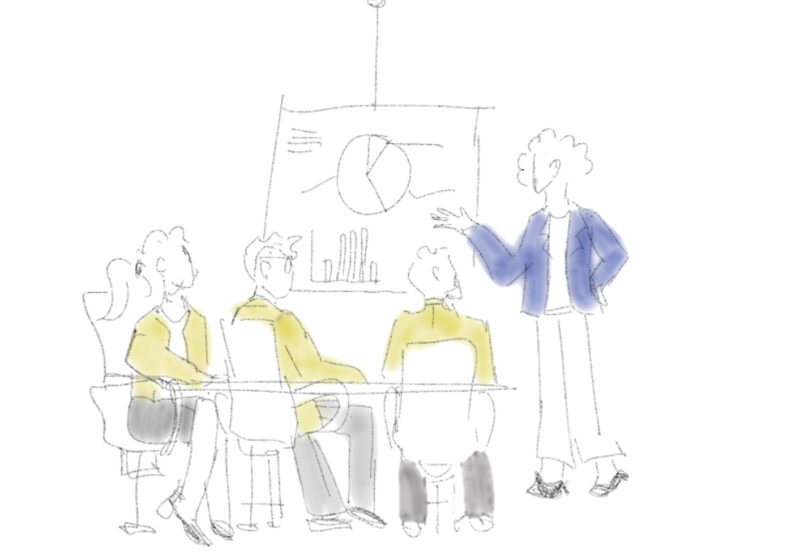 Long after most people have left for the weekend, a handful of students sit bent over keyboards and textbooks in a lab tucked away on the sixth floor of the Computer Science building. One student by the door types away at a MATLAB document while two others tinker with wires on the opposite side of the room.
Long after most people have left for the weekend, a handful of students sit bent over keyboards and textbooks in a lab tucked away on the sixth floor of the Computer Science building. One student by the door types away at a MATLAB document while two others tinker with wires on the opposite side of the room.
A fourth student skims a couple pages of a textbook, “Underwater Robotics.” These students and a few hardworking advisers make up a large part of the UR Robotics Club.
UR Robotics was founded in the fall of 2012 as a group of nine students interested in discussing papers on the topic of robotics. After a few weeks, the students grew restless. “We started thinking ‘why are we sitting here reading when we could be doing this stuff?’” explained sophomore Morgan Sinko. Sinko is the president-elect for the upcoming academic year and has been with Robotics since its inception. He was also part of the team’s first project, Swarm UV.
With this, Sinko picks up the object that he’s been working on from a nearby table. At first glance, it appears he is holding a regular black glove. “This is Haptech,” Sinko says, flipping the glove over.
The glove’s palm is lined with a number of wires. When completed, the responders on the gloves will respond to space within a virtual environment, allowing users to move around and interact with the virtual objects on a screen in a realistic way.
In its current stages, the glove administers vibrations to the user, mimicking the feeling of walking into something. According to Sinko, his team’s intentions are to eventually create a full body suit that responds in this manner. “We still have a ways to go,” Sinko said, removing the glove.
Both Haptech and Swarm UV entered and were accepted into the Cornell Cup presented by Intel, an embedded technology design competition open to all college students. The Cup, receives hundreds of entries every year and is narrowed down to a mere 20-30 selected finalists.
Each group thereafter is awarded funding and equipment to help further develop their entries, and the opportunity to win cash prizes and corporate sponsorship. Swarm UV was accepted last year along with another project called URead Braille. URead Braille has been reentered in this year’s competition along with Haptech.
While Haptech’s current prototype uses an Xbox Kinect to transmit data from the virtual environment to the glove’s responders, this technology would need to be substituted should Sinko and his team want to manufacture and sell the product. However, the use of the Microsoft technology is legal for the purpose of entry into the Cornell Cup. Both the cost and resources needed for developing equivalent technology are not within budget at present.
In fact, expenses are a major problem that UR Robotics deals with – the projects students tackle are not cheap. Some students pay out-of-pocket for parts and materials, while others work to get funding from different academic departments.
“The Computer Science department has been incredibly generous,” Sinko said, “as well as the ECE and MechE departments.” The Computer Science department also donated a room after a graduate lab moved out of the space.
The room the group now occupies nearly doubles the size of the small cramped office they had last year, the first of many small steps Sinko hopes will help improve the club’s presence on campus. Although Robotics is still in its preliminary status for SA recognition, they were allowed to table at the Activities Fair this year. Membership has increased tenfold – 100 students appear on the roster, around 30 of whom are active.
The future leaders of UR Robotics see big things in the group’s future. Sinko dreams of having some sort of Lego Mindstorm intramural competition. Both Sinko and Vice President-elect and sophomore Lucian Copeland hope to add more hands-on workshops to the group’s current offering.
“We’d ideally like to introduce new topics to complement the public Lego Mindstorm events we’ve been having, including Arduino and Rasberry Pi programming, soldering, and logic design,” Copeland said.
The most recent workshop was on 3D printing. Robotics encouraged students to bring their own designs, which they would help fix up for printing. “This is still very new to us – we’re still working the bugs out of it,” Sinko said of his own experience with 3D printing.
As proof, he gestured to a back table in the lab where a bucket of printer rejects sat. Among the discards were a lopsided die and a couple of uneven gears all made of hard red plastic.
Workshops are open to all students, and are typically scheduled for Friday evenings in Rettner Hall.
“We want to clear the stigma that the U of R is just a theory school,” Sinko said. “There are people here who want to do hands-on things.”
Students interested in the UR Robotics Club are welcome to attend weekly meetings, which are held in Room 628 of the Computer Science Building every Friday at 2:30pm.
Arre is a member of the class of 2015.
Clickbait
I SAW A MAN IN THE WOODS (CLICKBAIT!!!!)
You are an absolute buffoon. I’m crying from laughing as I type this, just imagining your dumbfounded face. How could you fall for this?
Softball
UR softball defeats St. Lawrence, Skidmore, and splits with RPI
Gorecki opened the scoring in the first inning by doubling down the left field line, scoring Laygo from third.
Diversity
SA mandates DEI trainings for its officials
The SA Senate passed a bill to mandate Diversity, Equity, and Inclusion (DEI) training for all of its officials April…





